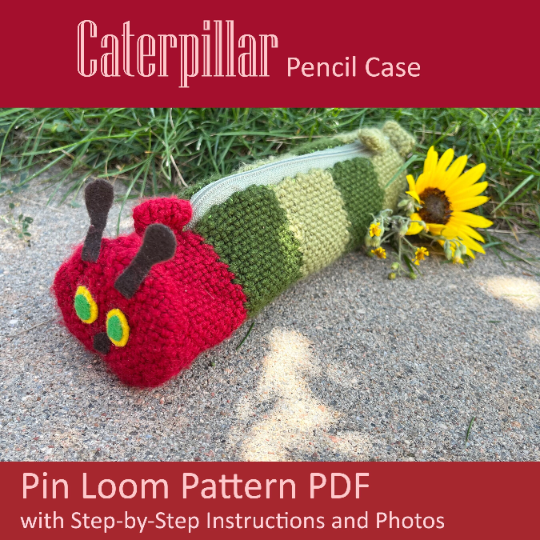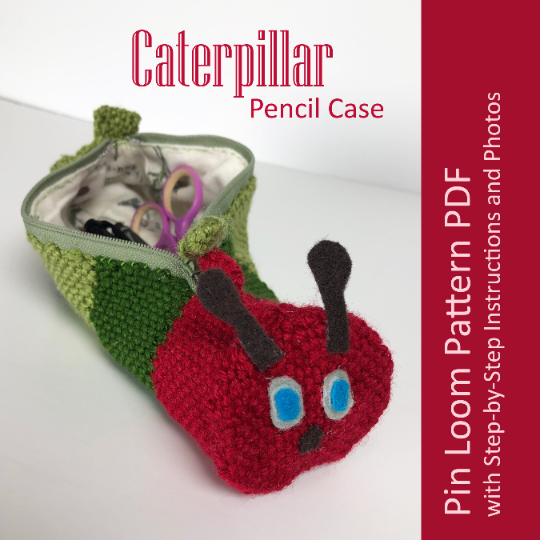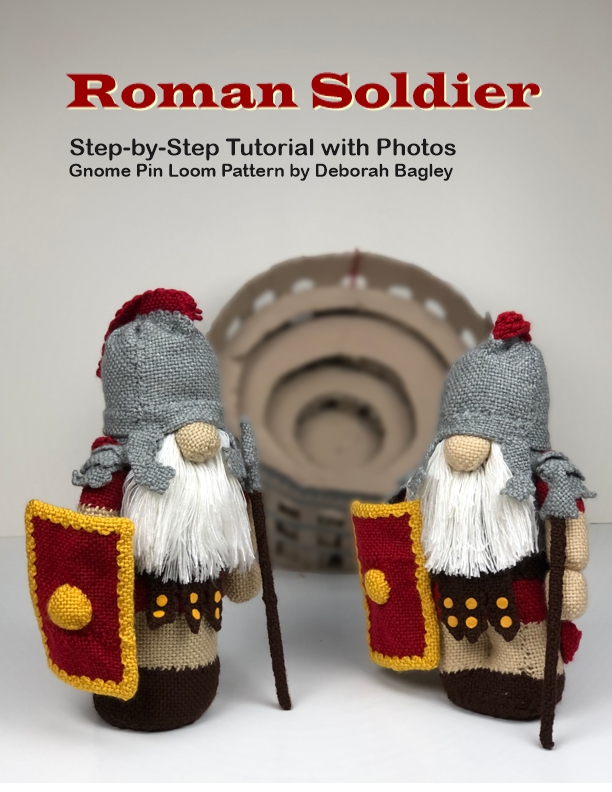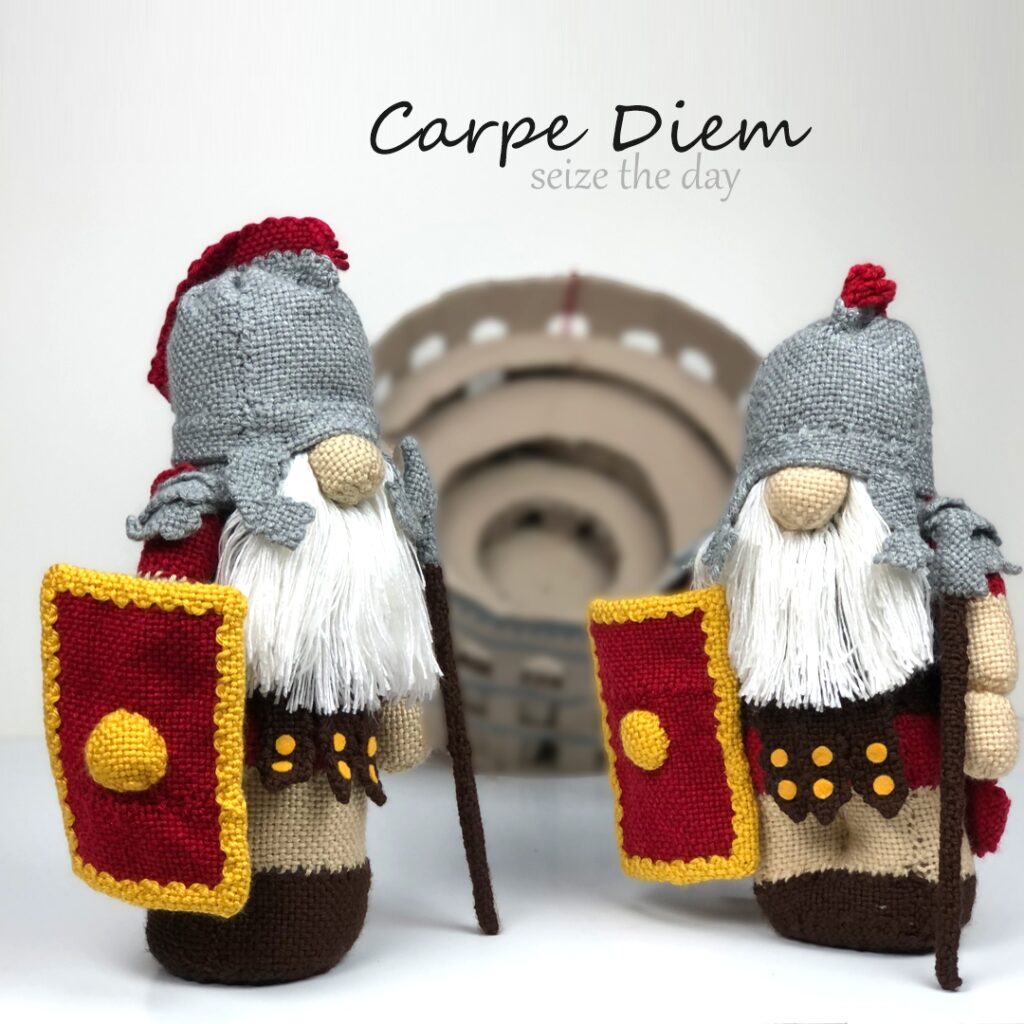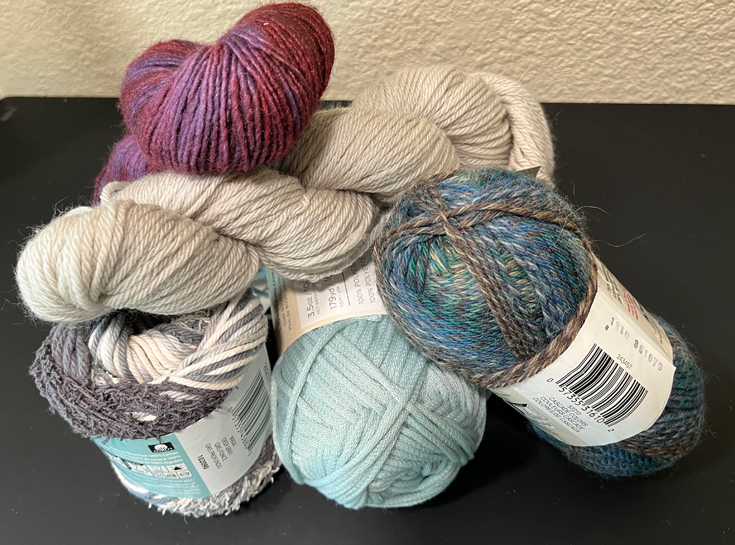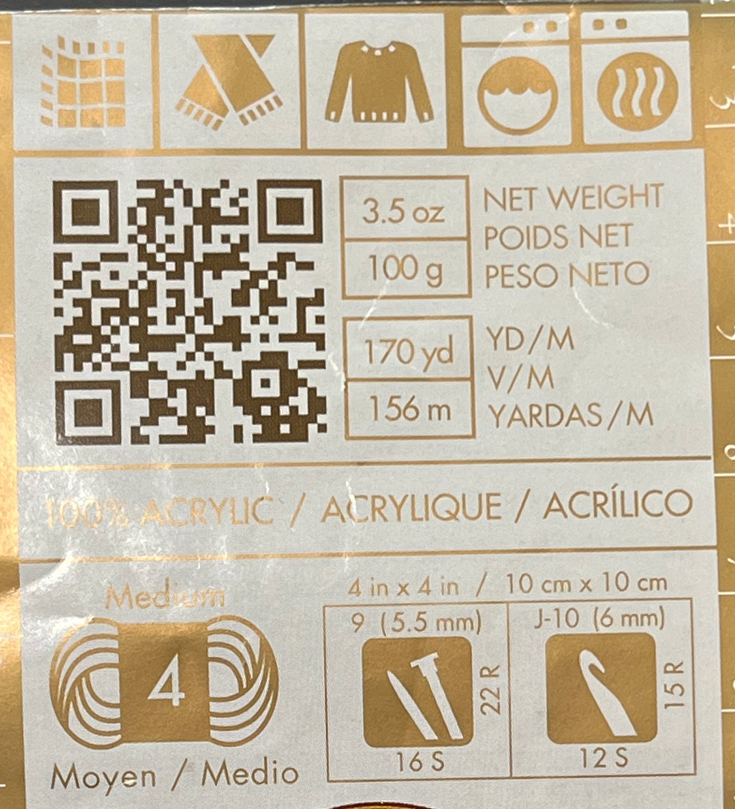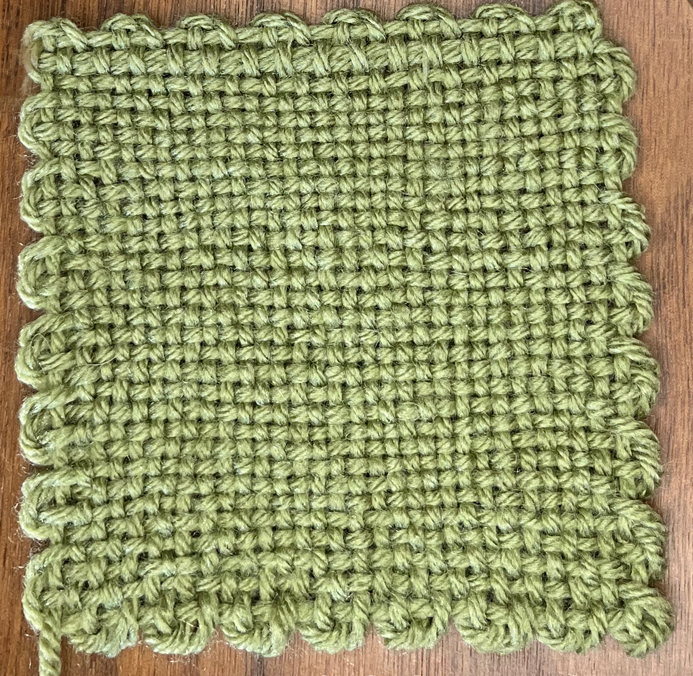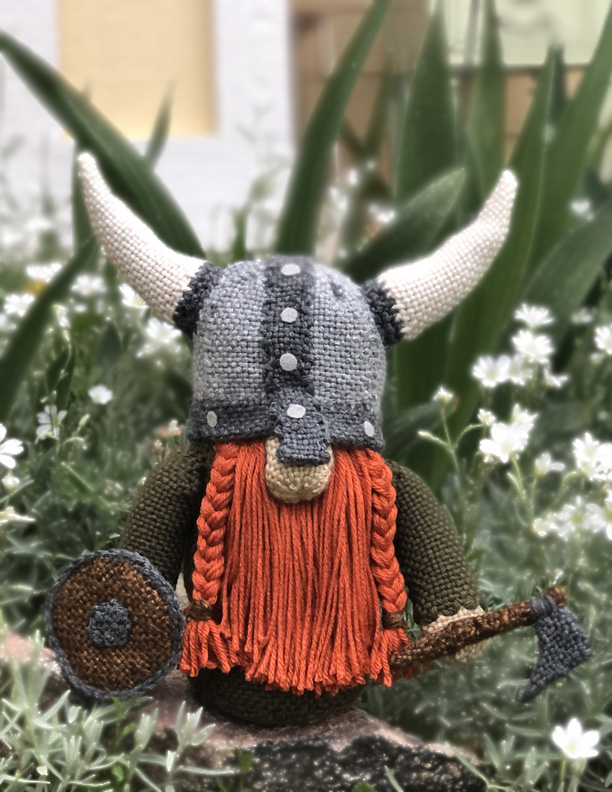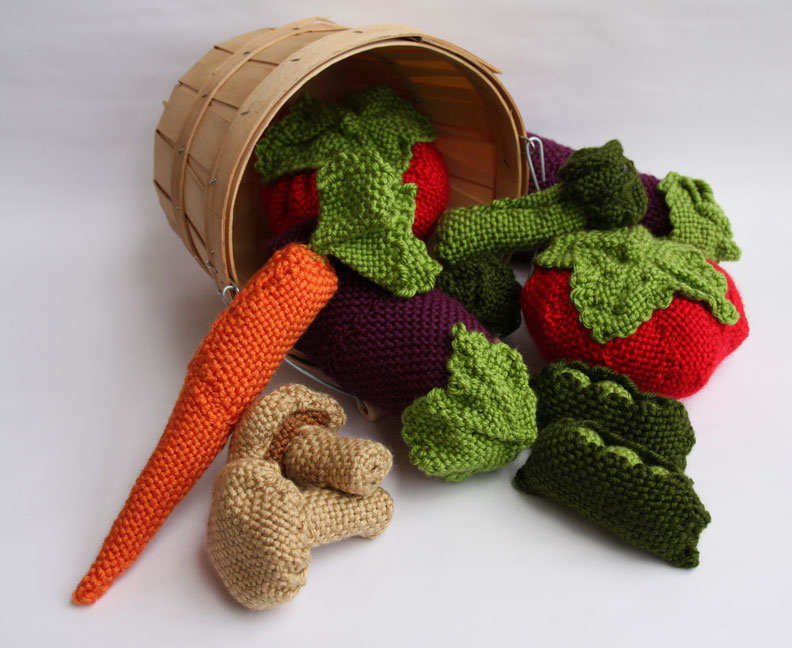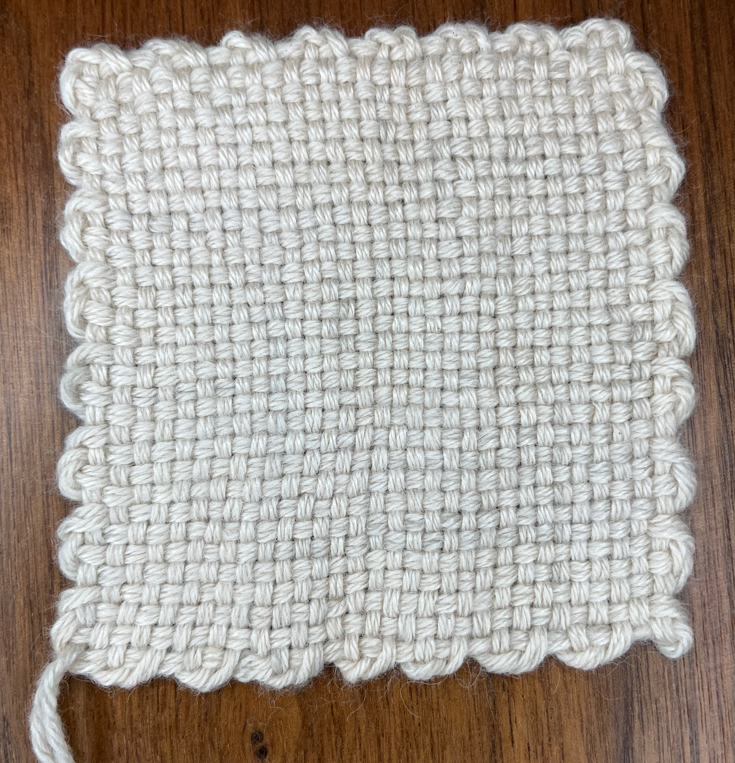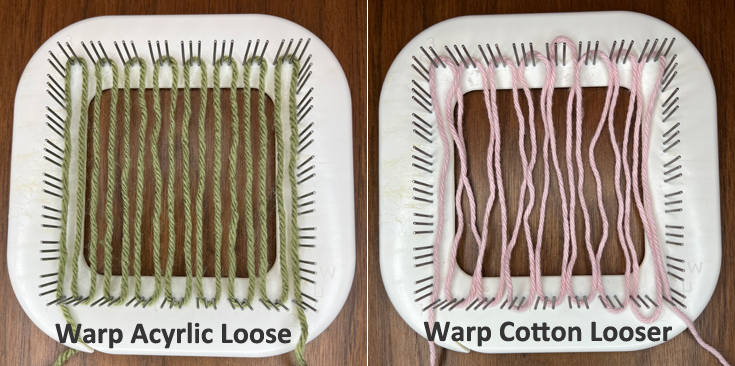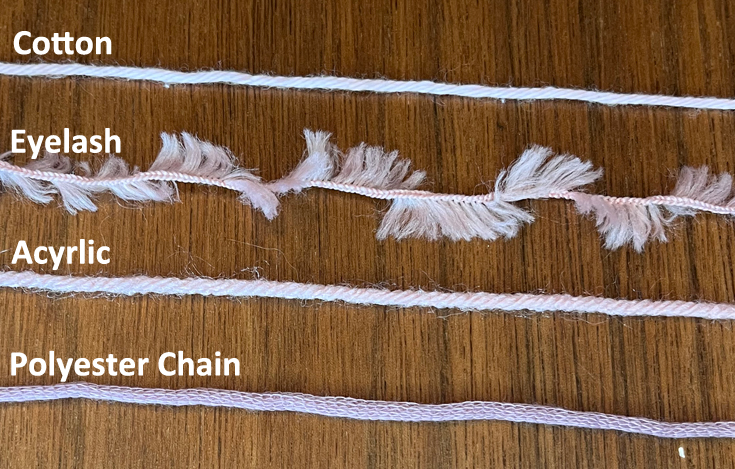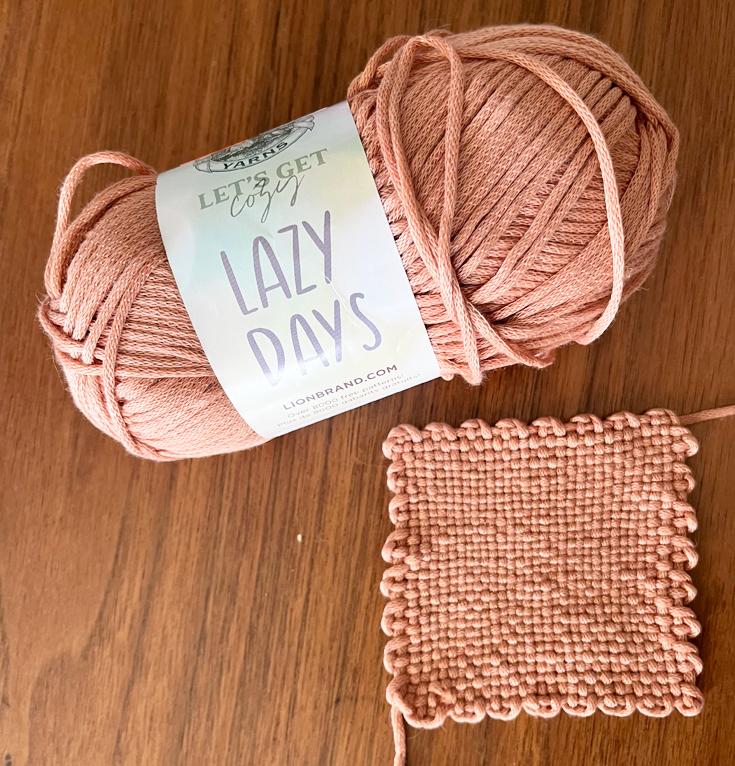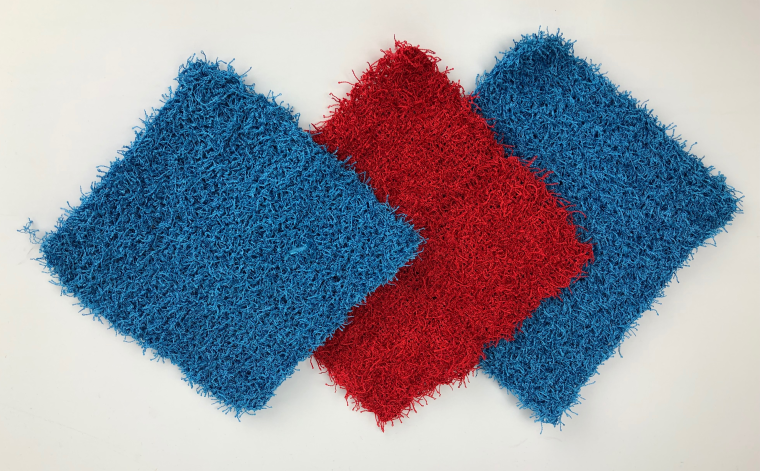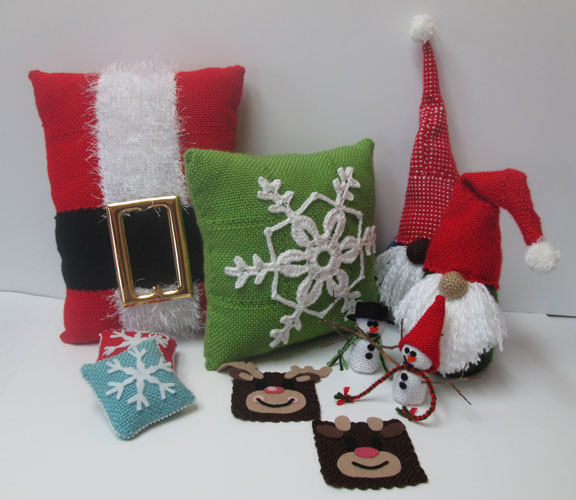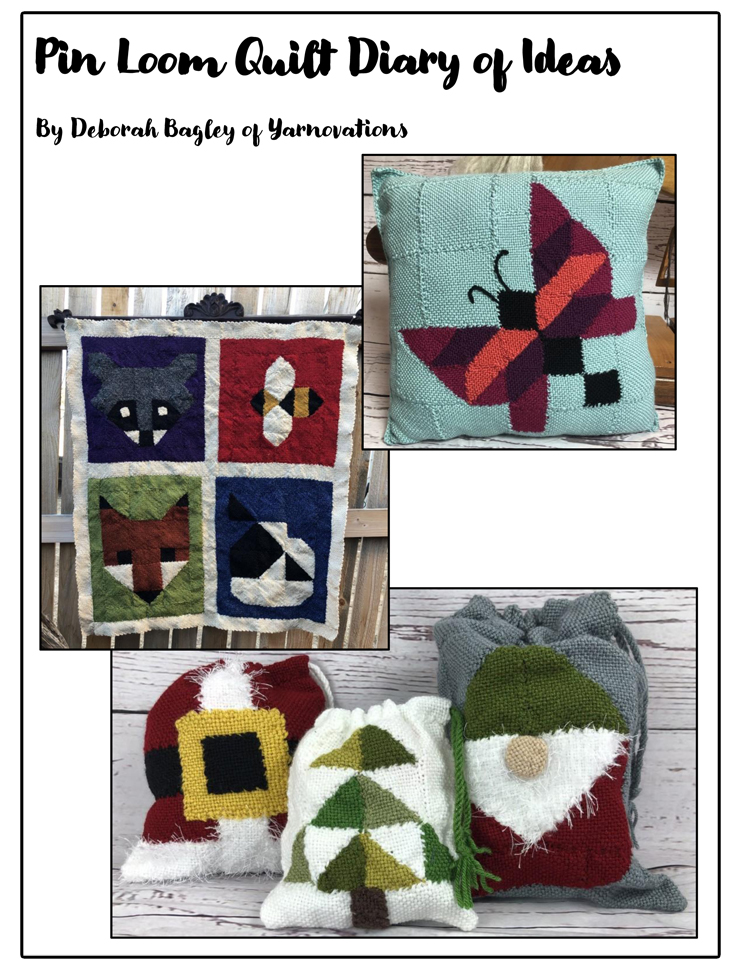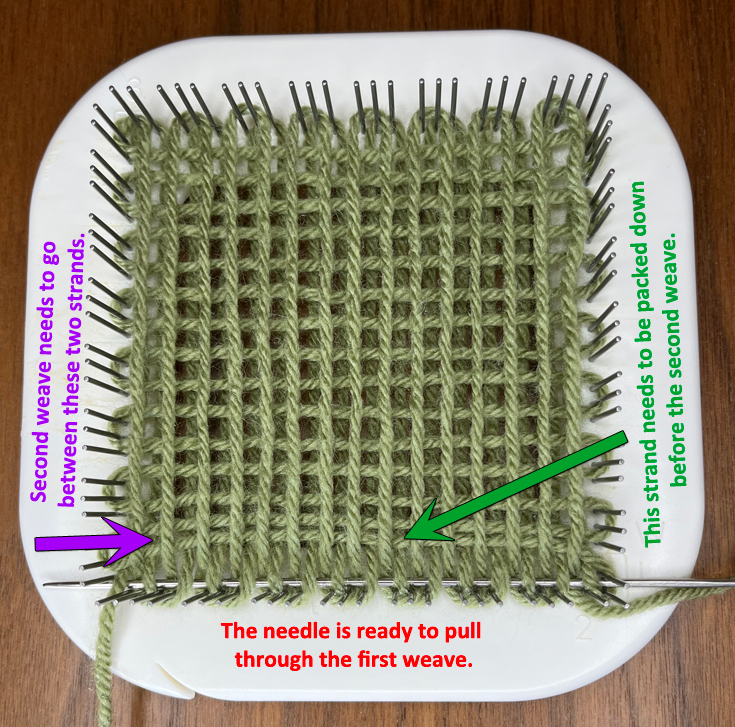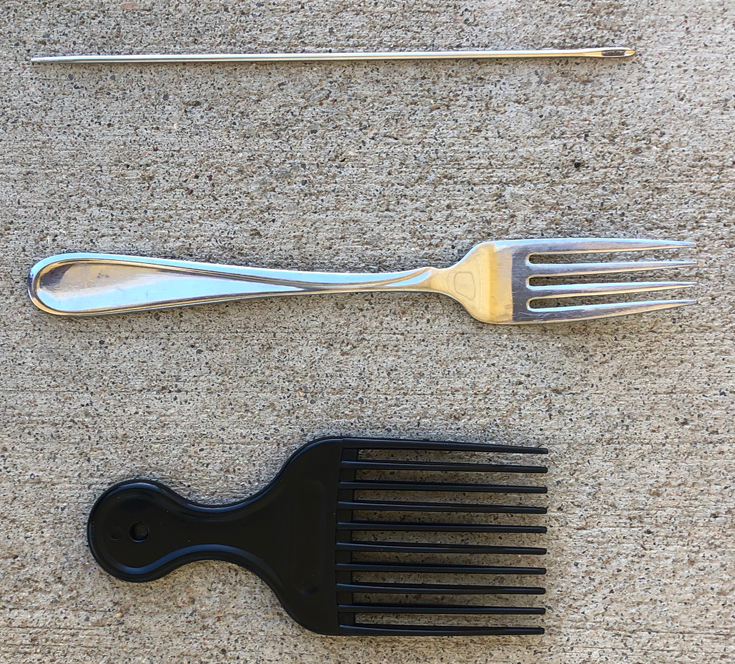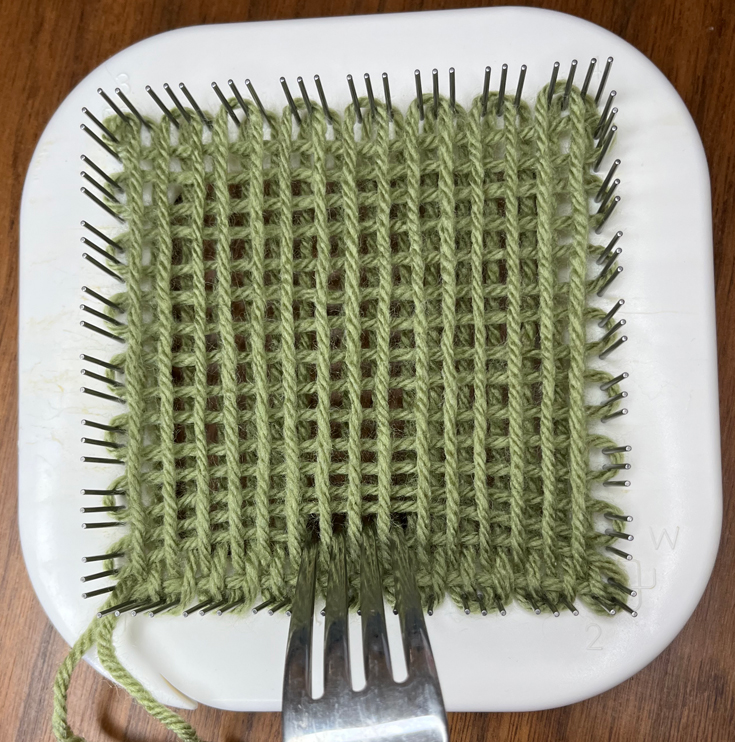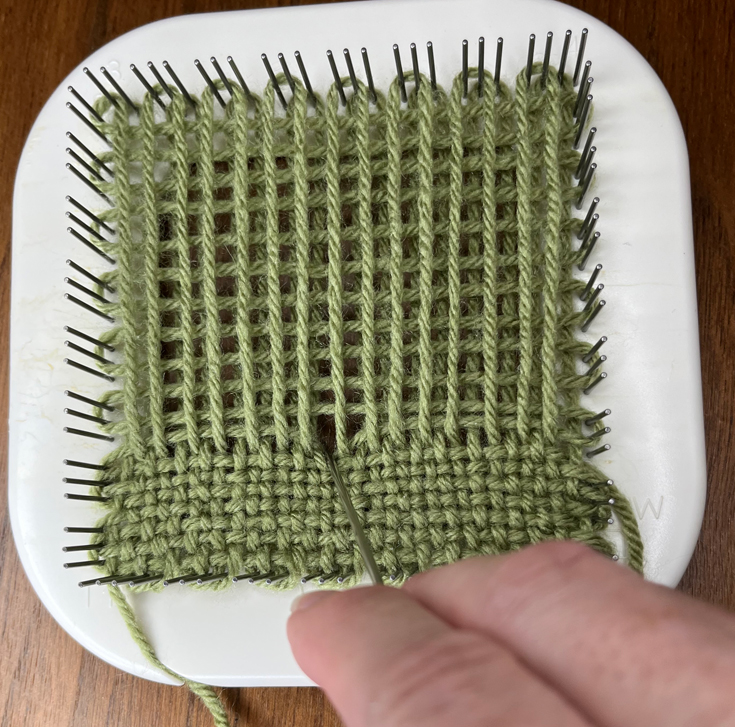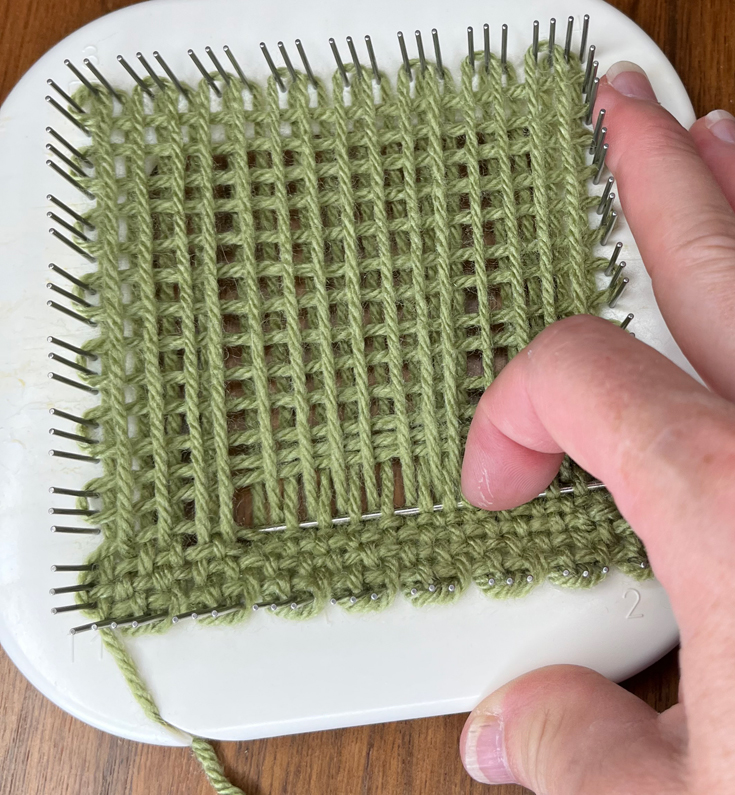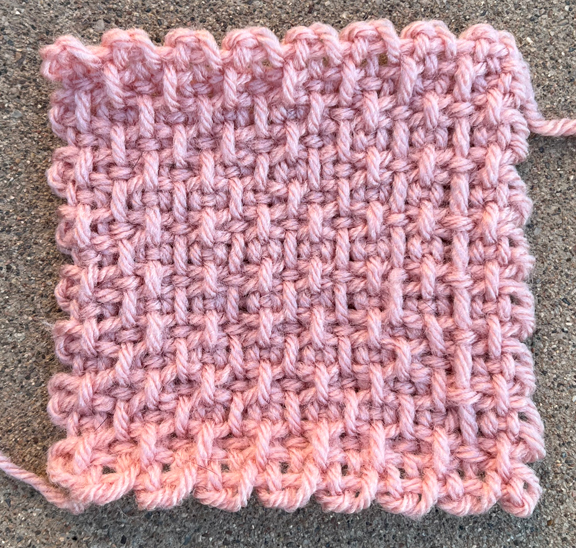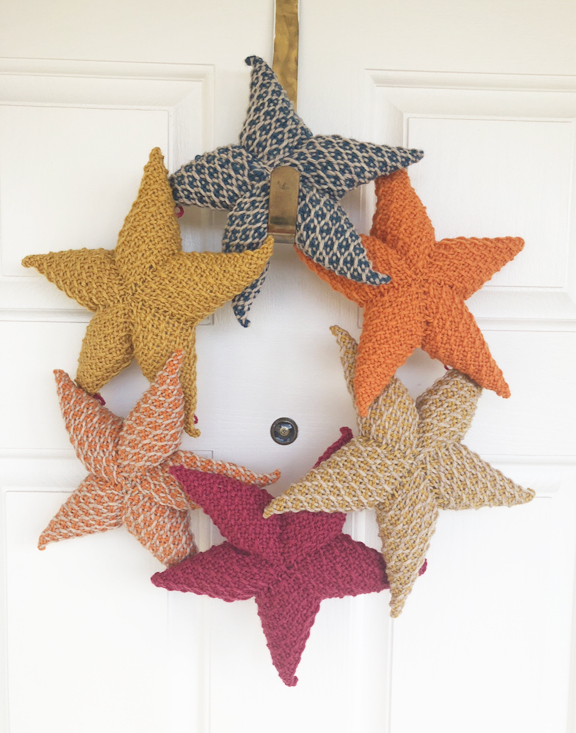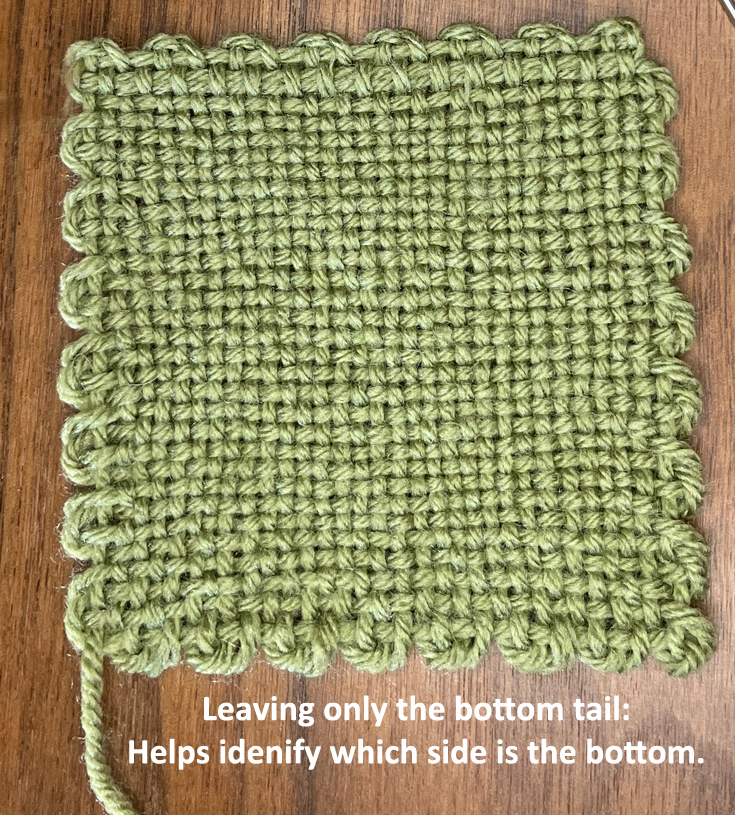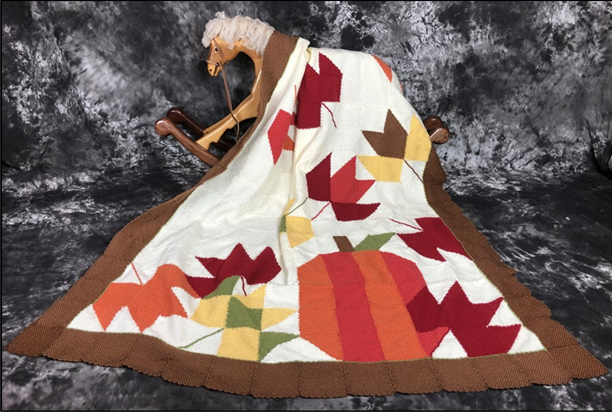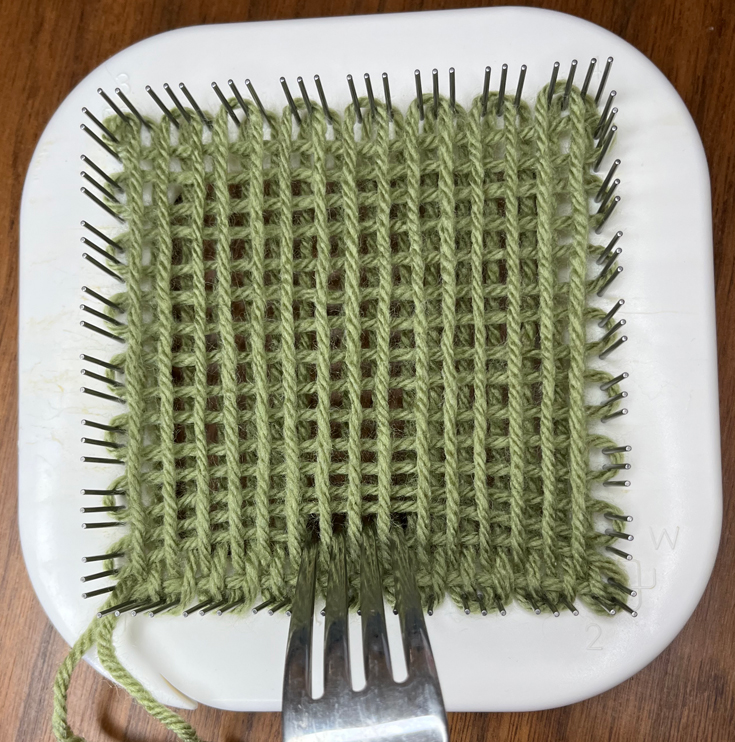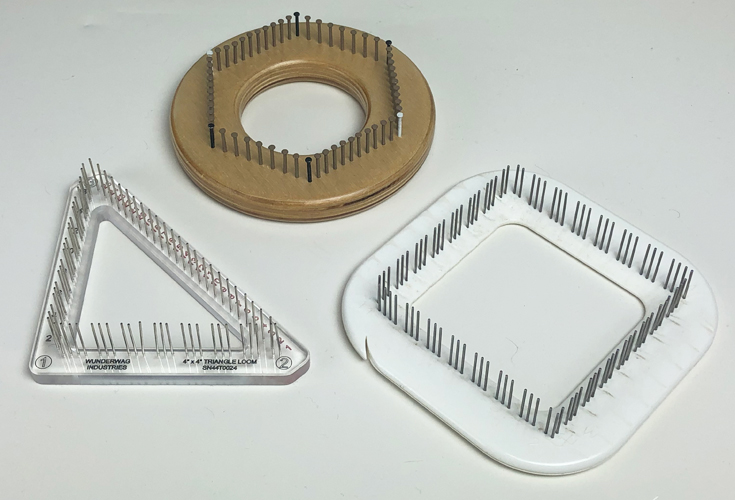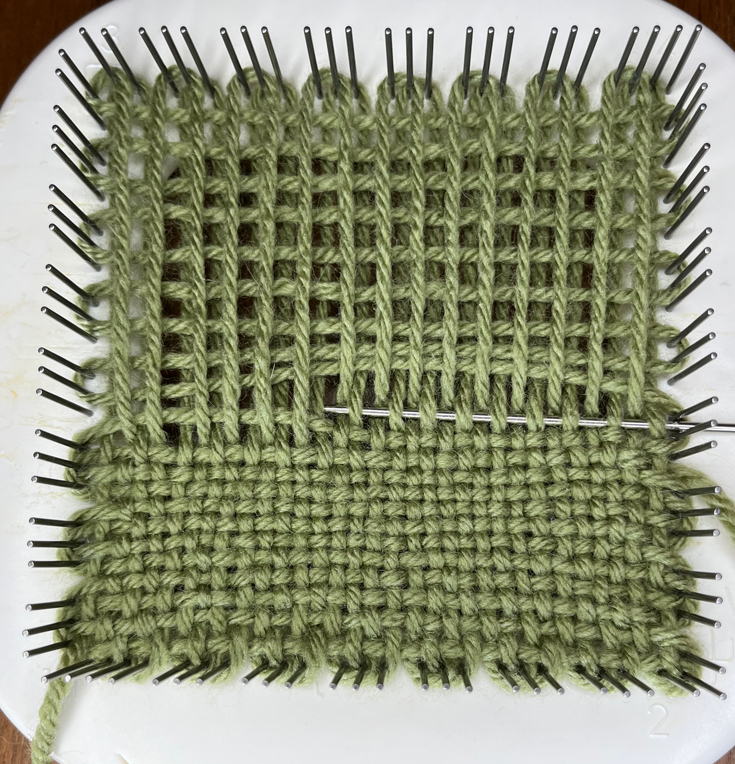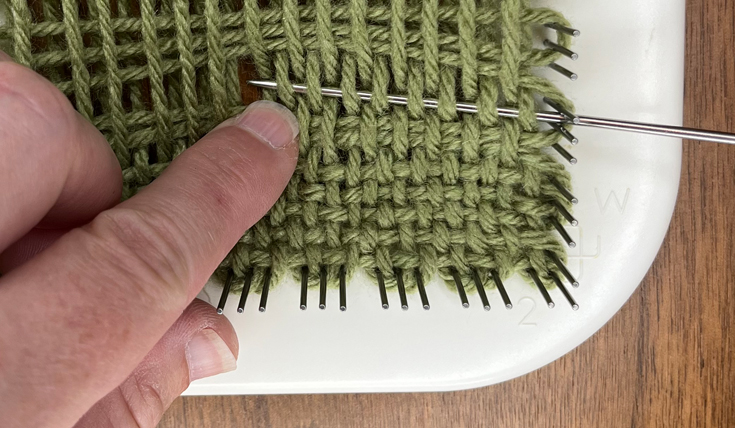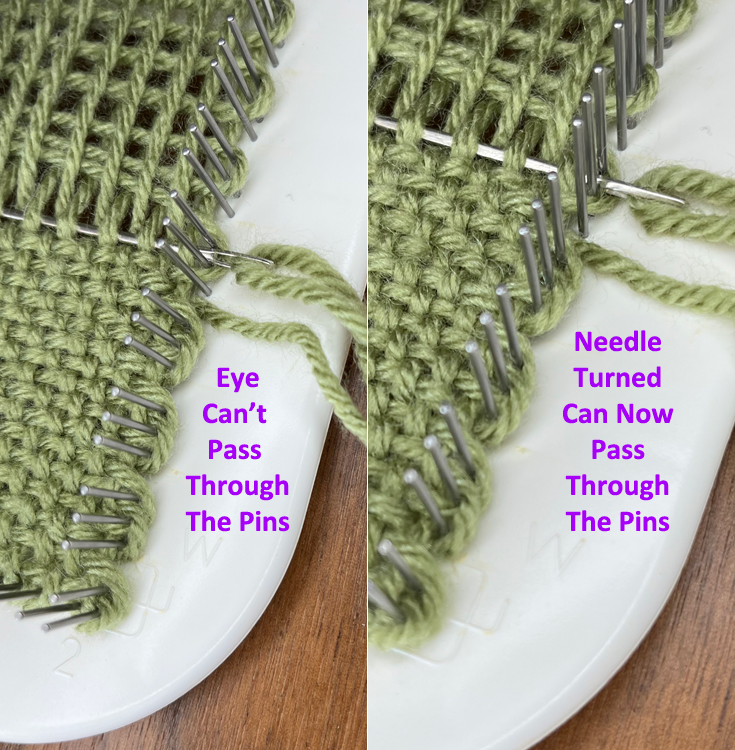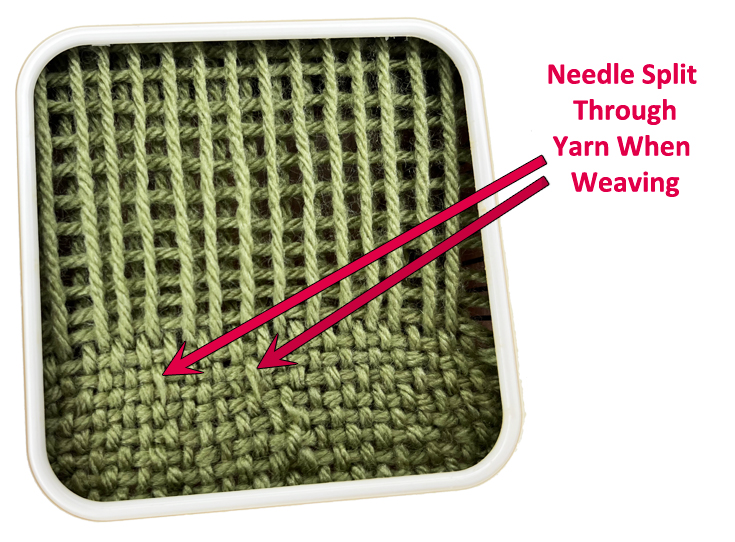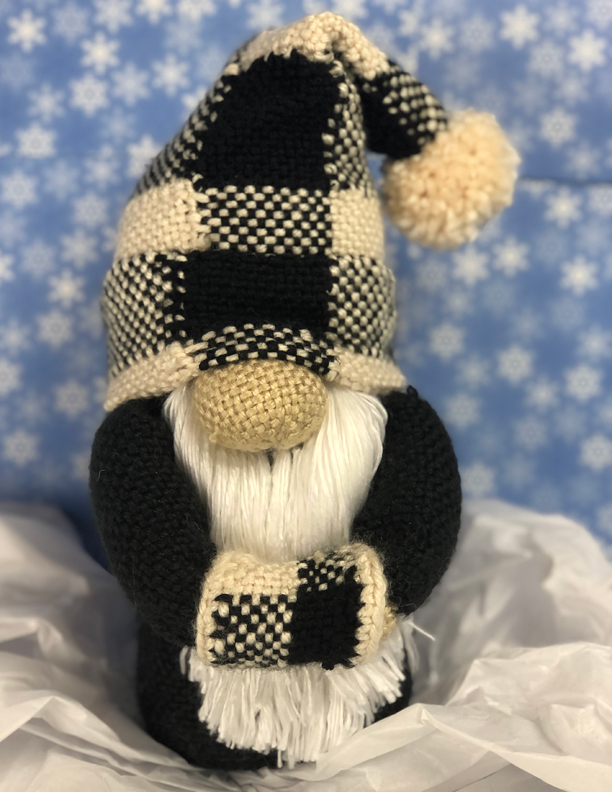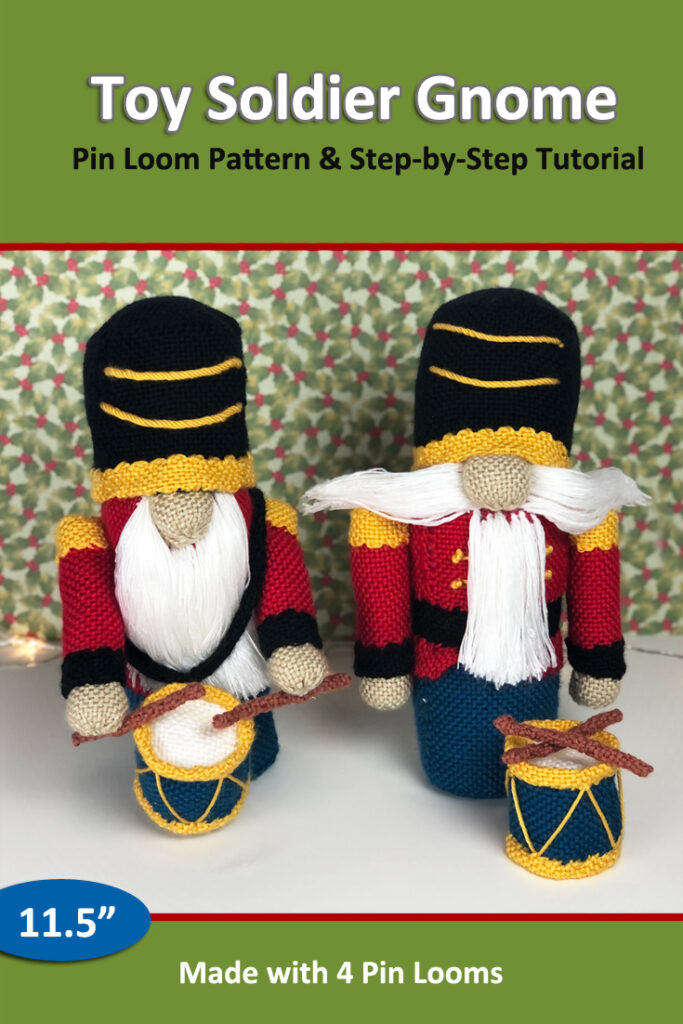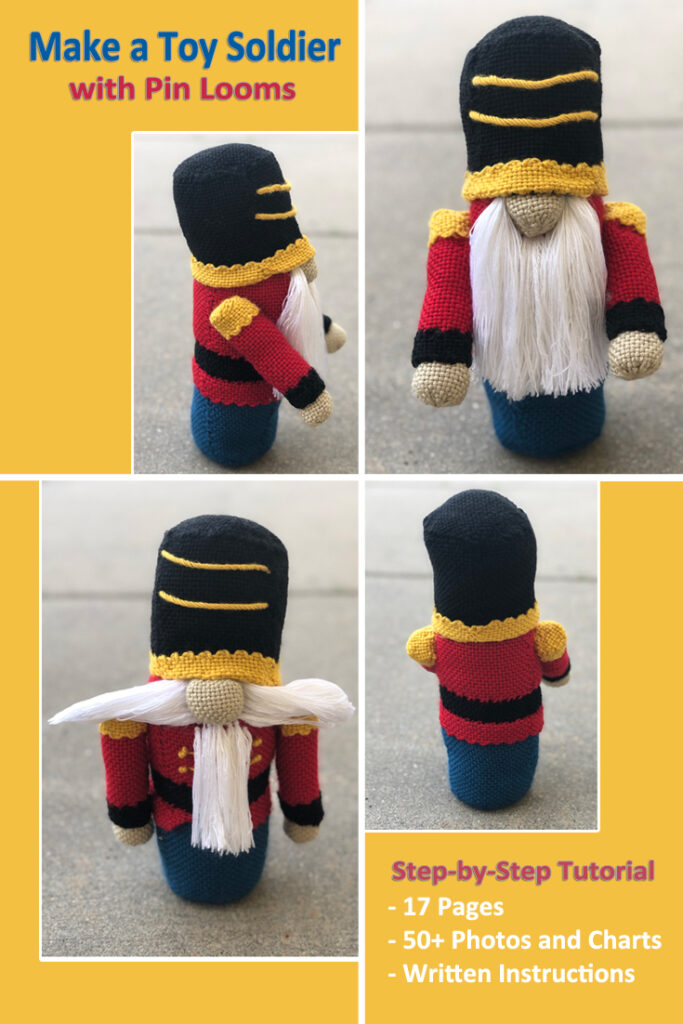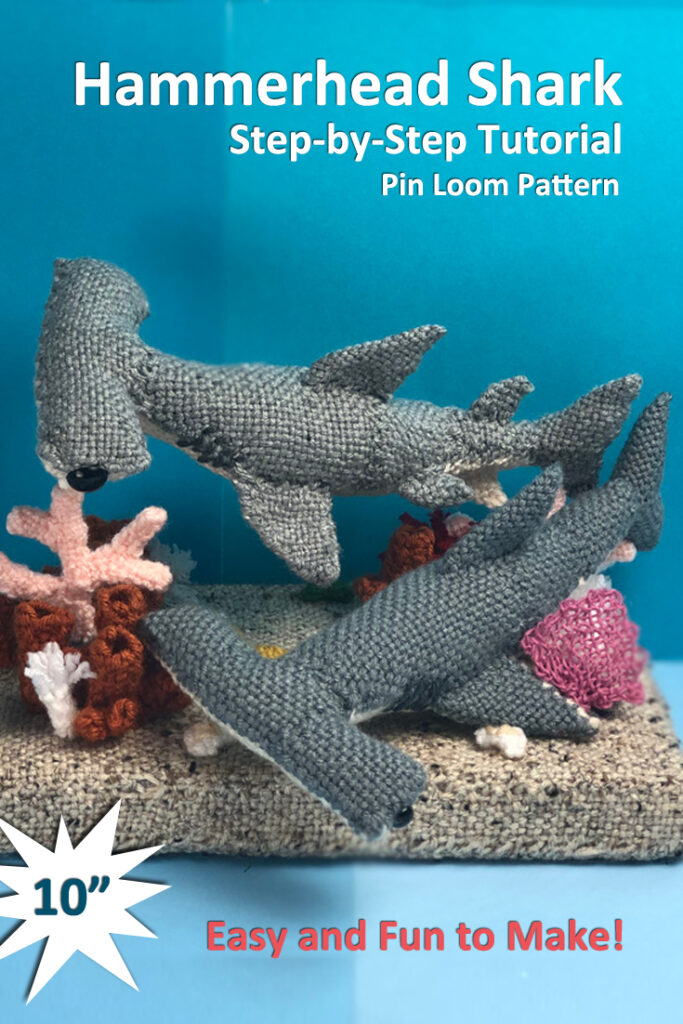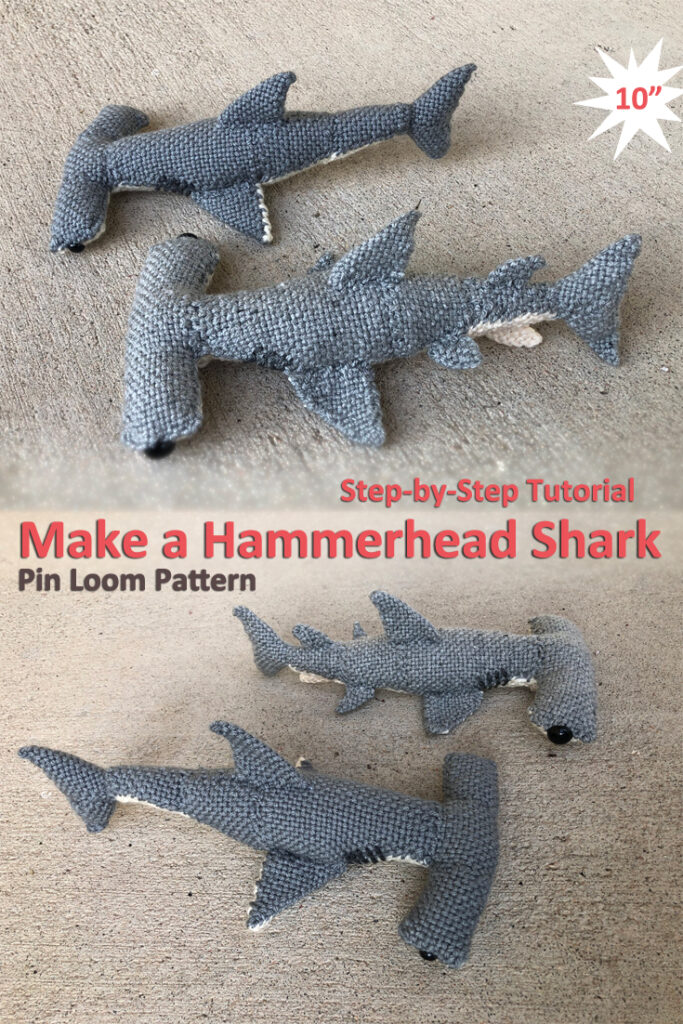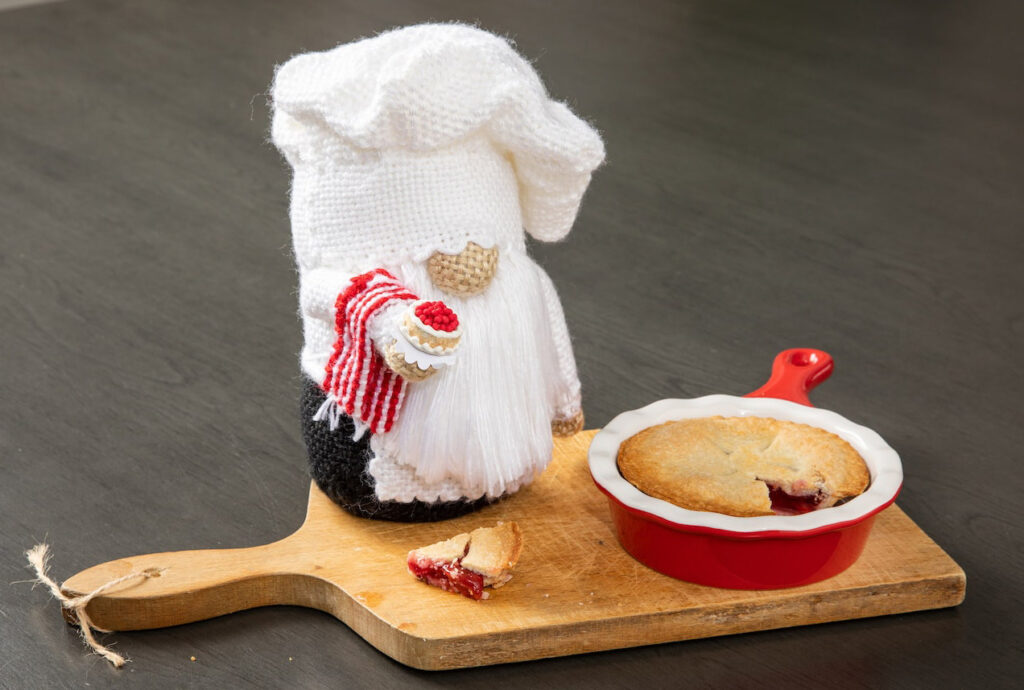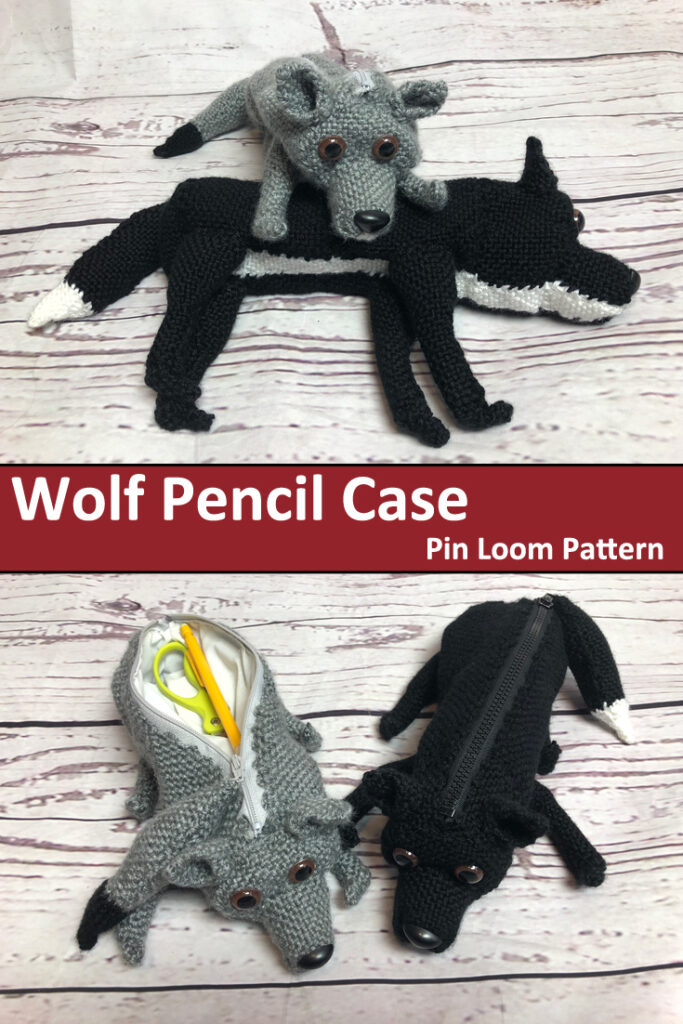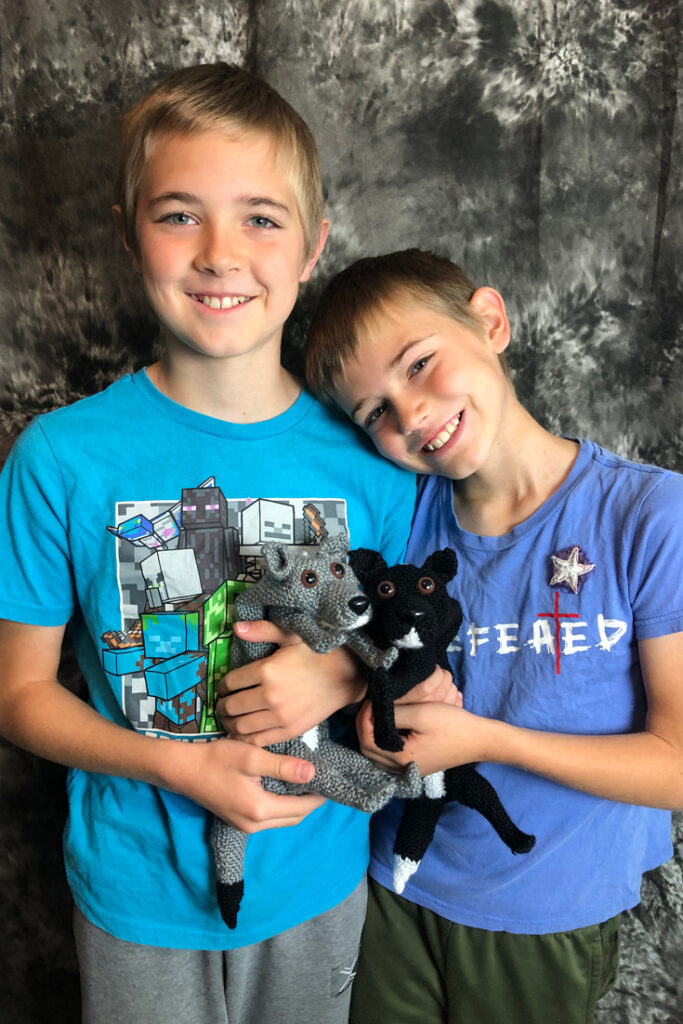
The tassel was worth the hassle. Celebrate their recent achievement with a hand woven graduate gnome stuffed toy. It’s fun and easy to make with this pin loom pattern.
This pin loom pattern includes step by step instructions for making an adorable graduate gnome that measure approximately 9 3/4″ tall x 6″ deep and 7 1/2″ wide. If you’re graduate has honor cords, the pattern includes instructions for making those, too.
Graduate Gnome Pin Loom Pattern PDF
The pin loom pattern to make the graduate gnome has step by step written instructions and lots of photos. It will tell you how to roll, tuck and sew pin loom woven squares and rectangles to create a gnome stuffed toy that looks like a graduate student who recently accepted their diploma. Here’s what’s included in the tutorial:
- Gnome Instructions
- Cap Instructions
- Tassel Instructions
- Honors Cords Instructions (and color meanings)
- Step-by-Step Written Instructions
- 30+ Photos and Charts
- 15 Pages
Graduate Gnome Pin Loom Pattern on Etsy
The step-by-step Graduate Gnome Pin Loom Pattern PDF is available in our Etsy shop.
Available now on Etsy.

Pin the Graduate Gnome to Pinterest

Share the love, pin one of these graduate gnome photos to pinterest. We appreciate it so very much.
Thank you.
Reviews of Our Pin Loom Patterns
Our step-by-step gnome tutorials are fun and easy. Don’t just take our word for it…here’s what others are saying about our pin loom weaving patterns:

- “Fun pattern. Matches description. Fast download.”
Kim M. - “Very easy pattern to read.”
Sandra H. - “Super explained, cute, everything done well.”
Steffi K.
Graduate Gnome Pin Loom Materials List
The graduate gnome can be made with just 2 pin looms: 4″ square and 2″x4″ rectangle. The diploma can be made with a piece of paper or a 2″ square pin loom. If you opt to make it with yarn, than that would be a third pin loom. Here’s the complete materials list.
- Pin Looms:
- Squares: 4”; (2” optional)
- Rectangles: 2” x 4”
- Yarn: Lion Brand: Basic Stitch – Medium Worsted Weight (4)
- BLACK #153 – 150 yds
- WHITE #100 – 37 yds
- ALMOND #121L – 15 yds
- Embroidery Thread: 1-3 skeins (1 for tassel, 1 per graduation cord)
- Button: (1) 10mm
- Plastic Canvas (or cardboard): 3” square
- Needle: 6” needle for weaving and yarn needle for sewing
- Stuffing
- Fringe Twister or premade gold cord
- Beans: to weigh the gnome down
- Fabric Marker: – white
- Pet comb: – metal
- Steamer (optional)
The honors cords were made with a fringe twister. If you don’t have one, no worries. We’ve included a link to a video on how to make a cord without a fringe twister.
This is a really fun graduation gift. Make the gnome in black yarn or make it in the same color as the graduating student. It’s fun to give hand made gifts and this is one they will cherish.
All the shapes in this pin loom gnome are woven in plain weave. The chart at the beginning of the pattern will tell you how many shapes you need in each color so you can weave them all ahead of time, then assemble them at the end. You’ll be surprised at how easy it is to make this stuffed toy.
Graduate Gnome Pattern on Etsy
The Graduate Gnome Pin Loom Pattern PDF is available in our Etsy shop.
Available now on Etsy.

The pattern is for your eyes only. You have permission to give away or sell your finished project with credit to Yarnovations as the original designer.
